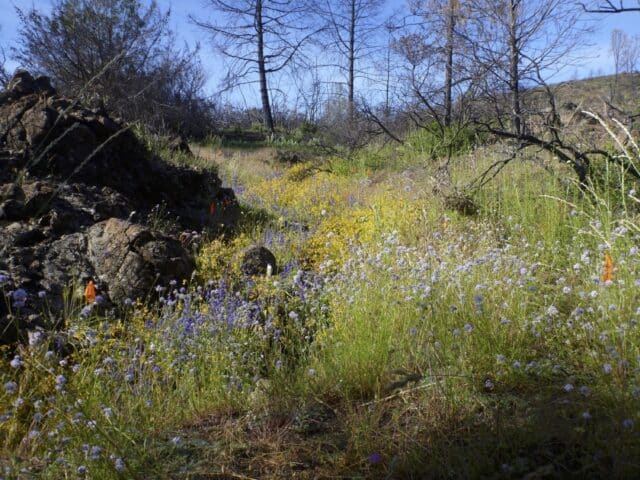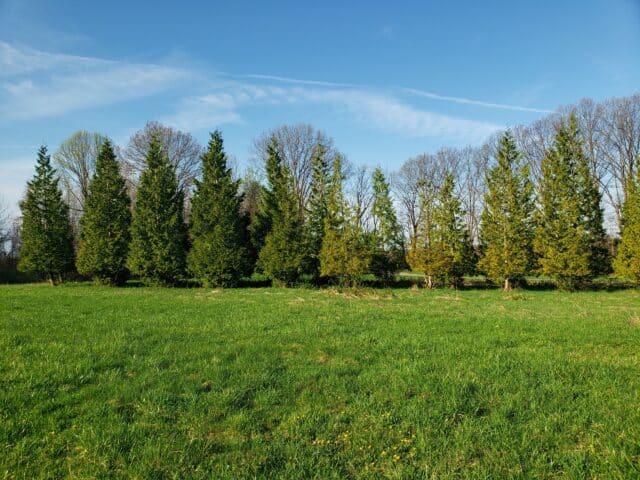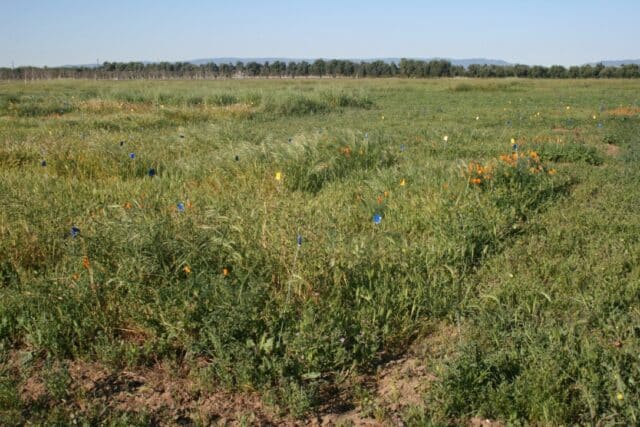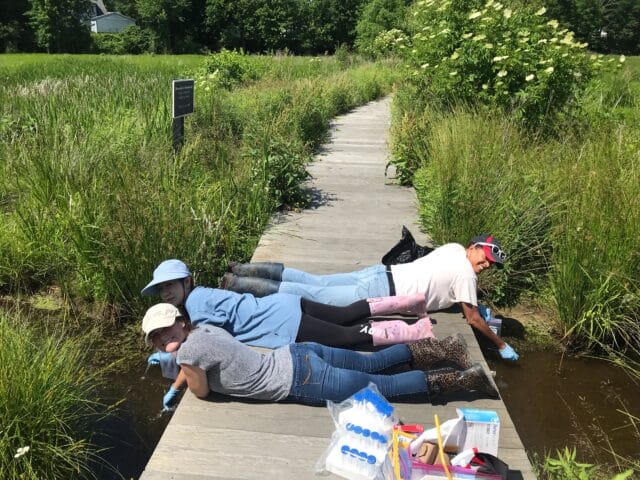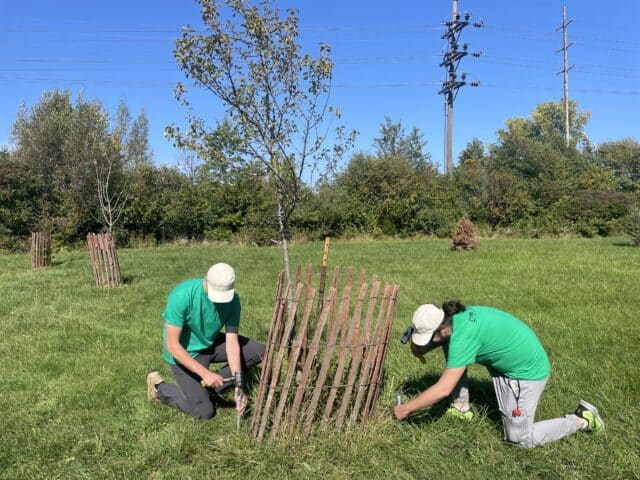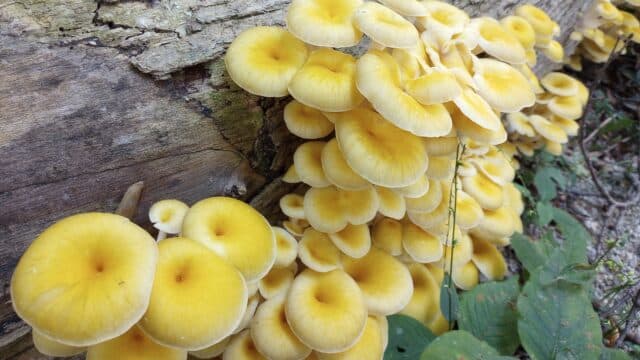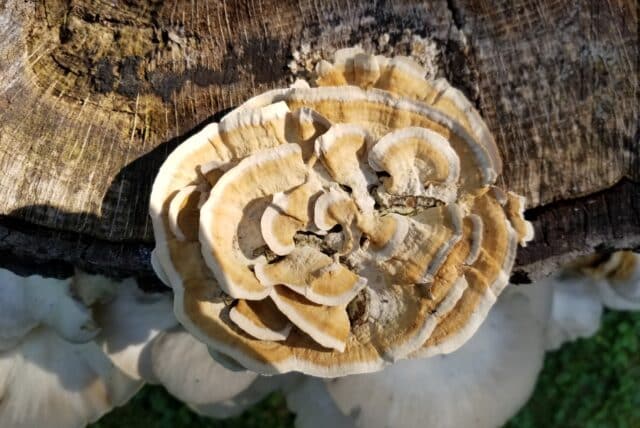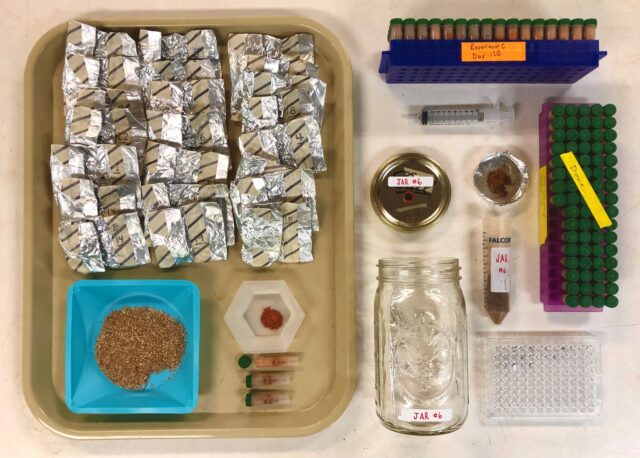Biotic Homogenization – Changes in biodiversity with urbanization in vacant lots
February 5, 2021

By Megan Herrmann, master’s student at Cleveland State University in the Biological, Geological and Environmental Sciences Department
The current biodiversity crisis seen in headlines has many overarching implications for ecosystems worldwide. Humans frequently aid in the dispersal of non-native species through both accidental and intentional introductions. Urban areas, as hotspots of human activity and disturbance, are thought to contribute to the spread of non-native species and create similar environmental pressures worldwide. Altogether, urbanization is thought to contribute to the increasing similarity of biotic communities, a process known as biotic homogenization.
Why does biodiversity matter and what are the implications of biotic homogenization? Everyday activities such as eating fruits and vegetables, building houses, going for a run in the woods, or admiring a neighbor’s flower bed are all taking advantage of what is called ecosystem services. Ecosystem services provided by plants specifically include a wide range of things from purifying water, sequestering carbon dioxide (CO2 uptake), provisioning of produce, and spaces for recreation, among many others. These services are outputs and processes of biotic ecosystems that humans benefit from and should protect.
Investigating what plants are present, where they are present, how abundant they are, and what traits each species has can give an idea of what kinds of ecosystem services that community might provide or support. Similar investigations of the soil communities can be done using genetic sequencing of DNA extracted from the soil. This provides a better understanding of what functional roles are lost with urbanization, indicating what actions might be taken to mitigate these impacts.
Cleveland is one of the Midwest’s many shrinking cities that has been experiencing population declines for decades resulting in an abundance of vacant lots. The prevalence of vacant lots in this region makes understanding the impacts of these spaces on the ecosystem critical. Improving our understanding of the ecological impacts of anthropogenic activities can help humans minimize our impacts on ecosystem functioning in the future. A current study conducted in partnership with Cleveland State University, with funding from the Katharine M. Grosscup Scholarship in Horticulture from the Garden Club of America and the Graduate Student Research Award from CSU, focuses on understanding this issue.
The study hypothesizes that plant and soil microbial diversity would decrease with increasing levels of urbanization. To test this hypothesis, we surveyed the standing vegetation and took soil cores from twelve different sites around northeast Ohio. The study sites include six urban sites located in Cleveland, three suburban sites located in Lake County, and three exurban sites located in Holden Arboretum. At each site the standing vegetation was surveyed in 35 randomly generated plots. Data was collected on species presence and abundance using a one-meter quadrat. Additionally, ten soil cores were collected from each location. DNA was extracted from the soil samples, processed, and sequenced to assess the soil microbial community.
Preliminary analysis of the plant community data indicated that the average number of species found in urban sites was significantly lower than the average found in exurban sites. Additionally, the soil communities were more similar within urban sites compared to exurban sites. Suburban sites did not prove to be different from the other sites in either case. These results support the initial hypothesis and suggest a relationship between urbanization and biodiversity in plant and soil communities in vacant lots. Understanding how urbanization impacts ecosystems is an important step in determining how to mitigate human caused biotic homogenization.

35 x 10m plot located at a suburban site in Lake County, OH. 
Quadrat used to survey presence and percent cover of vegetation. 
conducting plant surveys. 
35×10 m plot within an exurban vacant lot located in Holden Arboretum.
Megan Herrmann
Graduate Student, Cleveland State University
